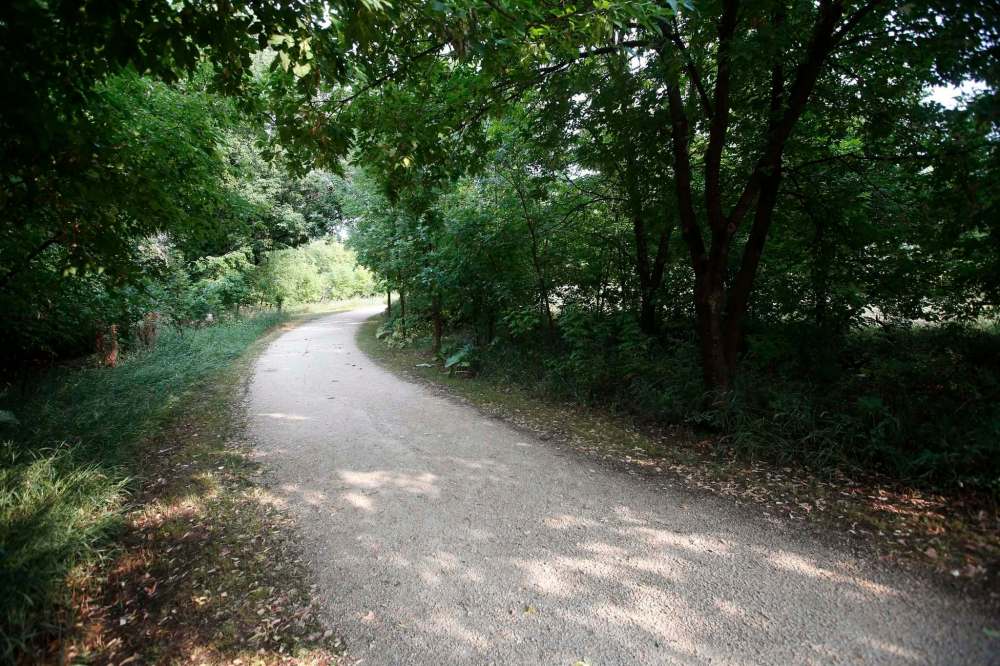Safety should be top river-trail priority
Advertisement
Read this article for free:
or
Already have an account? Log in here »
To continue reading, please subscribe:
Monthly Digital Subscription
$1 per week for 24 weeks*
- Enjoy unlimited reading on winnipegfreepress.com
- Read the E-Edition, our digital replica newspaper
- Access News Break, our award-winning app
- Play interactive puzzles
*Billed as $4 plus GST every four weeks. Offer only available to new and qualified returning subscribers. Cancel any time.
Read unlimited articles for free today:
or
Already have an account? Log in here »
Hey there, time traveller!
This article was published 16/08/2021 (1295 days ago), so information in it may no longer be current.
There’s more to setting up a trail system than laying down gravel or asphalt and welcoming cyclists and pedestrians to new paths in the city.
Winnipeg has learned the hard way this month that the safety of those who use the trails is more important than a smooth ride or a scenic hiking route.
A section of the Red River trail system, including Churchill Drive and a tree-lined path near the Harkness Winnipeg Transit station, has been described as a “hunting ground for women” after several sexual assaults were reported to police by female trail users. Some of the crimes date back to April.

Winnipeg police have urged caution among the city’s cyclists and pedestrians, advising them to travel in pairs and avoiding using the trail system alone at night. If only the city had used such common-sense wisdom when setting up the trails in the first place.
Many of the city’s bicycle and walking paths are poorly lit or have no lighting at all, including the secluded trail near Harkness Station, which winds along the western bank of the Red River near Osborne Village. It is a key link for people who cycle to work downtown and wish to avoid car traffic.
Churchill Drive, which is part of the city’s “open streets” enhanced summer bike routes program, is a scenic street along the Red River during the day but is a dimly lit thoroughfare without sidewalks at night. Improved streetlights would help cyclists and pedestrians travelling at dawn or dusk to avoid potential confrontations, and would also help motorists to notice those on bikes or on foot on the road.
The city showed foresight in 2019 when an active-transportation route it opened beside the Southwest Transitway included extensive lighting, public art and benches along the 7.6-kilometre route. It has since become one of the more popular paths in Winnipeg for cyclists young and old, pedestrians and dog-walkers in the warm summer months.
People travel on it during other seasons as well, and the lighting makes the path safer as the hours of sunlight dwindle in the fall and winter. It’s an example that should have been followed when planning other routes.
The city’s trails, especially its more secluded ones, also need more patrols.
There are only so many police officers and cadets, and only so much money in the police budget for bicycle and foot patrols, but volunteer programs dedicated to bike and walking trails launched in other cities have proven to be beneficial at preventing crime.
In Minneapolis, for instance, a volunteer plan for its 8.8-kilometre Midtown Greenway has “ambassadors” offering directions for newcomers on the trail, emergency repair services for cyclists and, more importantly, more sets of eyes to help make the space safer for those who use it. Volunteers receive gift cards from local businesses as an incentive to do their part.
Minneapolis has even installed safety phones along the route that only have one button — 911 — for those in an emergency who don’t have access to a cellphone.
Safety measures such as these would encourage more people to use Winnipeg’s trails, and busier bikeways and walking paths are perhaps the most effective — and most inexpensive — step toward making active transportation secure and creating a safer and more enjoyable city.


